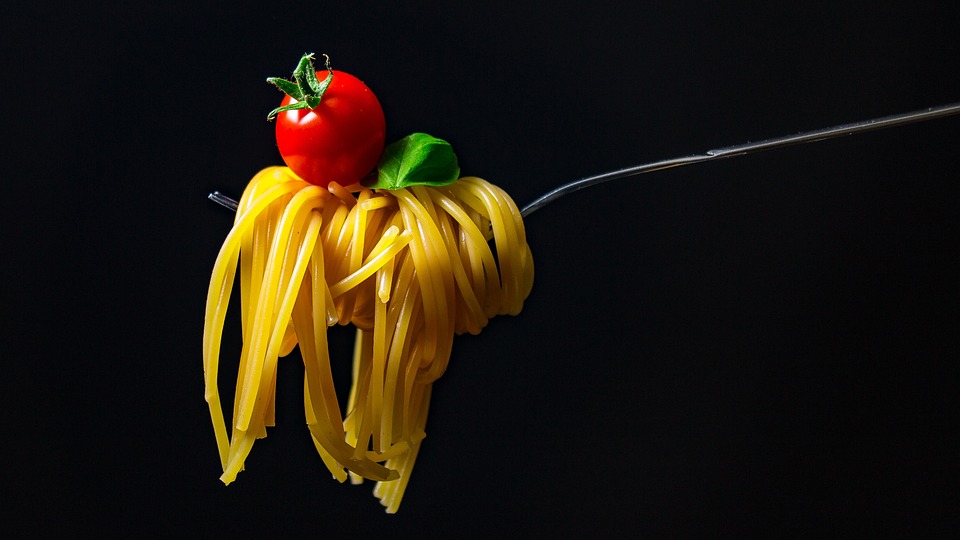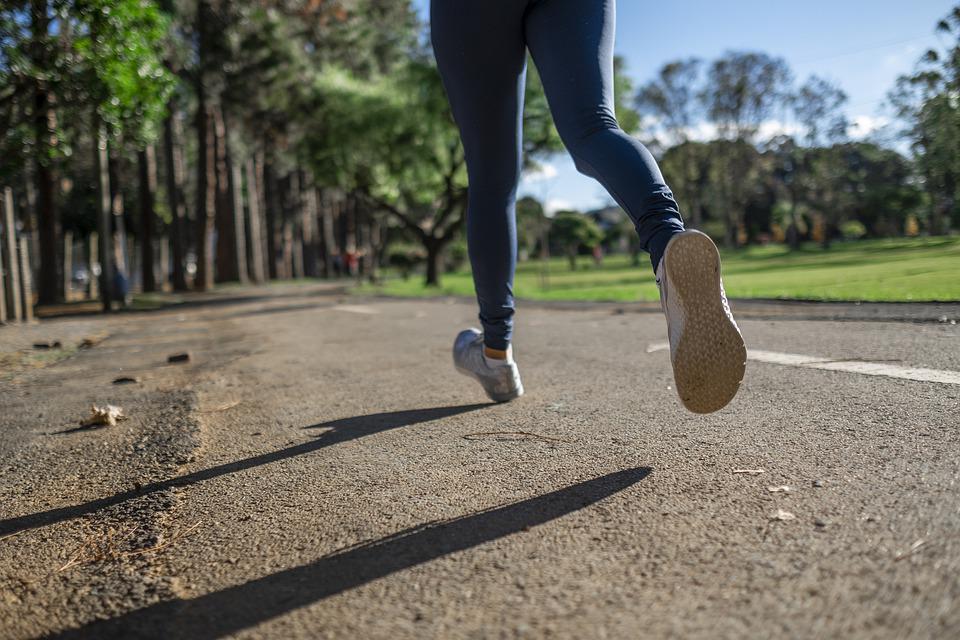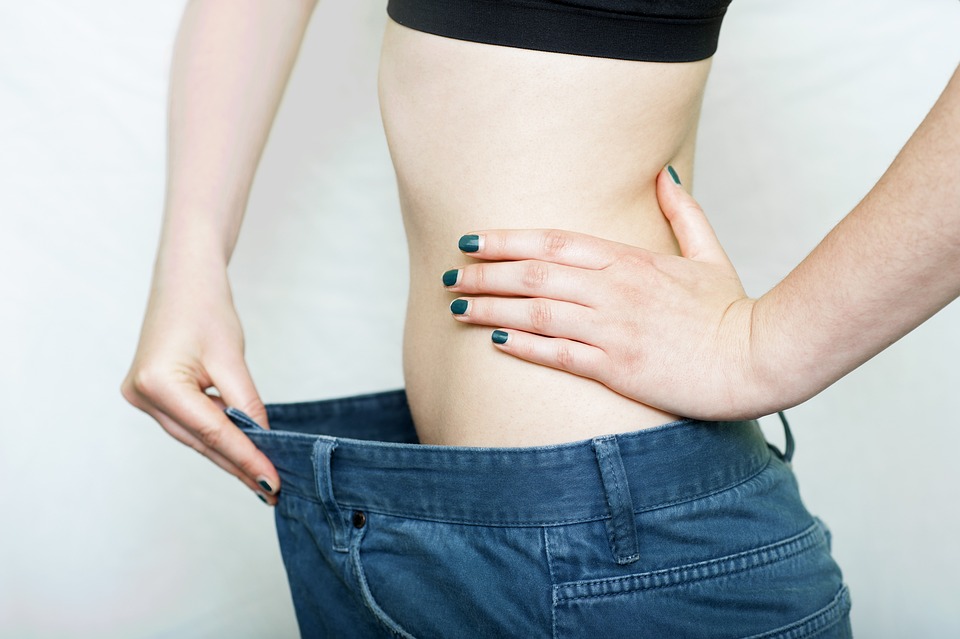
What is nutrient timing?
Nutrient timing is a way of changing how much of different kinds of nutrients you eat, in order to improve your health, how well you do during workouts, and how much body fat you have.
One important nutrient timing principle is that it is best to eat most non-fruit and veggie carbohydrates during and after exercise.
There are many things that can affect energy balance, but the laws of thermodynamics have the most influence on weight gain and weight loss. So, if you want to change your body composition, the amount you eat is the most important thing to focus on.
But the key here is “body composition.” Nutrient timing will be more effective if we focus on losing fat or gaining muscle, rather than both at the same time.
Nutrient timing has several important goals:
- Nutrient partitioning (where the nutrients go when you ingest them)
- Improved health
- Improved body composition
- Improved athletic performance
- Enhanced workout recovery
Why is nutrient timing so important?
When you exercise regularly, the body is ready for either gaining or losing fat, just as it is for gaining or losing muscle, depending on what time of day it is. Eating the wrong food at the wrong time can ruin your efforts in the gym, while eating the right food at the right time can improve them.
If we take into account how much energy we’re taking in, when we eat can have an effect on our metabolism, hormone levels, and body composition.
Nutrient intake can be manipulated to take advantage of anabolic hormones, such as insulin.
Insulin
If you want your muscles to grow, you need to make sure that insulin is regula
Carbohydrate use
Different types of carbohydrates are handled differently by the body. Generally, carbohydrates that are digested and absorbed slowly can help to control insulin response. These include carbohydrates that are higher in fiber and lower in simple sugars, such as beans/legumes and vegetables.
A diet with added sugars and refined carbs can lead to bad cholesterol and insulin resistance.
The food and supplements we consume give our bodies the raw materials it needs to create the desired metabolic environment.
What you should know
No matter what your goals or activity level are, you should consume roughly the same amount of protein and fat. Just make sure that each meal you eat contains a healthy portion of lean protein and good fats, as recommended by PN. The macronutrient you’ll most often need to adjust is carbohydrates.
Carbohydrate tolerance and timing
Carbohydrate intake is most beneficial for the body during and after physical activity, as well as when an individual is fit and has a lower body fat percentage (15% or less for men and 20% or less for women).
Therefore, higher-carb situations include some combination of:
- relatively intense physical activity (such as heavy resistance training or sprinting)
- relatively frequent physical activity (daily workouts, physically active job, lots of daily-life activity such as walking)
- a high level of physical fitness
- a lower level of body fat
Conversely, lower-carb situations include some combination of:
- sedentary or nonactive periods
- lower levels of physical fitness
- higher levels of body fat
even if you are not in good shape or have a lot of body fat, it is still important to eat carbohydrates after working out so that we can replace the glycogen in our muscles and improve recovery. Like a sponge, we are much more likely to absorb glycogen after working out.
When to consume carbs
To recover effectively after exercise, be sure to control your carb intake and eat plenty of protein-rich foods.
The best time to consume dense carb foods is during and after exercise, for up to about 3 hours. Remember, carbohydrates have a protein-sparing effect, so we require less dietary protein when carb intake is higher.
Before you break out your sun watch and start meticulously timing carb gram intake, the window here depends on many factors, including:
- Intensity of exercise
- Previously fasted/fed
- Body composition
- Medications
- Underlying health conditions
- Sleep schedule
- Length of exercise
- Type of exercise
- Food selection
- Time of day
It is difficult to determine how long carb tolerance lasts after exercise, but most people believe it is 3 hours. With 8 hours of sleep, this means that there are 13 hours left in the day when carb tolerance is still effective. This means that people can have 2-4 meals during this time.
Though it’s important to eat according to what you can tolerate, it’s especially important to make sure you’re getting the right balance of nutrients if you want to maintain or change your body composition. If you’re trying to lose fat, for example, you should focus more on proteins and fats, with dense carbs making up less than a quarter of your total meal.
Types of carbs
To put this in perspective, consider the three main types of carb foods:
- Fiber-rich carbs
The foods that are included in this are vegetables, fruits, and legumes. These foods have a high fiber content which makes them take longer to be digested and absorbed. This is beneficial because it helps to control blood sugar and hunger. In addition, these nutrient-rich foods promote health and are “calorie-dilute”.
These foods make up the foundation of a healthy diet and can be eaten at any time.
- Starchy carbs
Carb-dense foods such as quinoa, amaranth, sprouted grain bread, potatoes, yams, acorn squash, oats, sprouted grain pasta, cereals, etc. are not as nutrient-rich as fiber-rich carb foods.
You should consume starchy carbs after exercising, as your muscles will be able to use them efficiently during this time. Try to have them 3 hours or so after working out.
Moderation is key when it comes to portion size. Remember, a serving is typically the size of your fist. This should be a good guide when you’re trying to control how much you’re eating.
If you want to have a small amount of carbs with your dinner, that is perfectly fine as long as it is outside of the 3-hour post-workout window.
Be careful on the slippery slope, 1/4 cup can turn into a big bowl if you add butter, which might mean you overeat and don’t lose any fat 3 weeks later. Do what works for you.
- Refined sugary carbs
The types of foods that are generally unhealthy and do not provide many nutrients are often consumed by American youth. These foods are often high in calories but do not have many other health benefits.
Nonetheless, consuming them while working out and directly afterwards may give your body a quick energy boost and help it to recover faster.
Even if you are trying to lose weight, you should still consider the health benefits of the food you are eating. What other substances are in the food that could be beneficial to your health?
You can eat refined sugary foods, but you should also eat nutrient-dense foods like dates, raisins, figs, and nutrition bars. Just because you exercised doesn’t mean you can eat as many refined sugary foods as you want.
Eat sugary carbs rarely, and only after exercise.
How to Use Nutrient Timing to Your Advantage
You can improve your body’s use of protein by splitting the amount you consume evenly among all your meals. This is because your body can only use a limited amount of protein for muscle growth, so spreading it out helps your body make better use of it.
If you want to split your protein evenly, divide it across all your meals. If that doesn’t work with your macros, try increasing your protein consumption after workouts and at your last evening meal. Higher protein after workouts can help create a positive net protein balance. Increasing protein at regular meals can help you feel fuller. This is especially powerful during cuts when hunger increases because of caloric deficits.
Consuming most of your calories around times when you work out, or when you’re very hungry, will help you avoid over-eating.
Here is how we can look at meal timing to optimize workouts:
Pre-Workout
Your goal with your pre-workout meal is to have enough glycogen to fuel your workout.
You need to consume more than just carbohydrates before working out; protein is also essential. Your body will respond positively to ingesting whey protein before working out, as it increase amino acids and causes a pro-anabolic response. Eating at least 20g of protein before exercising will help ensure that your body has the nutrients it needs to maximally stimulate protein synthesis.
A word of warning – if you eat too close to your workout, it might have the opposite effect and drag your performance down. To make sure this doesn’t happen, try to eat 2 – 3 hours before training, and stick to simple carbs and protein. Avoid fats and dietary fiber, which will slow down digestion. Smaller meal sizes are best here.
Intra-Workout
They say that intra-workout nutrition is key to success, but most people don’t actually need it. The exceptions to this rule are people who train hard for long periods of time – like high-level athletes. If you don’t fall into this category, you’re better off saving the calories for your meals.
If you play a sport that involves lifting, you should choose carbohydrates and protein that will digest quickly to maintain stable blood sugar levels and prevent muscle breakdown. For team sports or other sports that don’t involve lifting, carbohydrates and electrolytes are generally more important during the event, and after the event, protein intake becomes a priority in order to promote muscle growth and recovery.
Post-Workout
This is where many people concentrate their efforts on getting nutrients at ideal times. Although research does not show a lot of support for the idea of a post-workout anabolic window, there are other reasons to make sure you eat well after working out.
One of the key aspects of post-workout nutrition is the amount of carbohydrates you consume. I learned from the team at Renaissance Periodization that you should aim to have 35% of your daily carbohydrate allowance at your post-workout meal. Studies have shown that muscles are more responsive to insulin and absorbs glucose more effectively after exercise, making this the ideal time to consume more carbohydrates – this is especially helpful for people who are more likely to put on body fat during a bulking phase.
Some people believe that they need to eat carbohydrates after working out in order to quickly replenish glycogen stores or become more anabolic, but research on this topic is divided. On the one hand, it is true that intense workouts do utilize stored glycogen, but we’ve also seen that it is rare to completely deplete glycogen stores. In addition, some research has suggested that adding carbohydrates to a protein dose of 20-25g has no added stimulus to muscle protein synthesis.
Even though it’s disappointing to learn that your post-workout nutrition is important, but not in the way you might have hoped, it’s still important to remember that the benefits of absorbing nutrients after a workout are still valid and should be the focus.
Summary and recommendations
If you are new to eating healthy, do not worry about the timing of your food. Instead, start by improving the quality of your food and incorporating the basic PN habits into your life. Once you have a solid foundation of eating nutritious foods, then you can add the nutrient timing habit.
If you are already thin and just want to keep your current body composition, it’s probably okay to eat more carbs throughout the day.
To lose body fat, you should first control your overall food intake. Aim to consume mostly carb-dense foods during and after exercise sessions, for about 3 hours after. For the rest of the day, consume mostly protein and fat, while consuming fewer carb-dense foods (25% or less of meals made up of carb-dense foods).
The methods for gaining muscle are similar to the principles of nutrient timing – simply eat more calories in general.
She says that you should always assess your progress and adjust as necessary.














